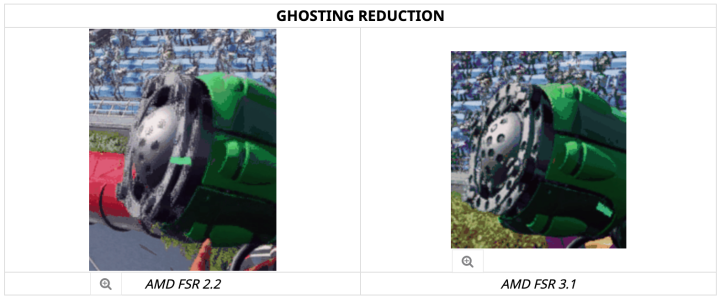At GDC 2024, AMD has announced an update to FSR (FidelityFX Super Resolution), its upscaling tech for improving frame rates in games. FSR 3.1 brings some predicted improvements to image quality and stability, but with it, also some changes to how it’s positioned as a platform.
The main tweak is that FSR 3.1 frame generation is now “decoupled” from FSR upscaling for the purpose of working “with other upscaling solutions.” Presumably, this means with Intel’s XeSS or Nvidia’s DLSS. This hopefully also means that you can toggle off frame generation from FSR 3, just like you can with DLSS, giving you more minute control of performance. As one user shared on Reddit, this would also be helpful for those on older RTX GPUs, combining DLSS with AMD’s frame generation.
Announced today at #GDC2024, we are excited to share some details on AMD FSR 3.1.
This upcoming update to our upscaling and frame generation technology brings improved image quality, new developer features, and more.
Available for developers Q2. Read: https://t.co/l78xzZr3HY pic.twitter.com/5QOl7NYb6j
— AMD Radeon (@amdradeon) March 20, 2024
FSR 3.1 also comes with a new API to help encourage more adoption from developers in the future. According to AMD, this new API will make debugging easier and “allows forward compatibility” with future versions of FSR. This is important, especially since FSR 3 adoption has been relatively slow. AMD was celebrating that 40 titles currently or will eventually support FSR 3, but it’s definitely a work in progress, with AMD seemingly putting more emphasis on driver-based AMFM (AMD Fluid Motion Frames) recently. Of the 40, 21 of the titles are in the “upcoming games” category.
AMD also announced that FSR 3.1 will also support for two development kits: Vulkan and Xbox. There weren’t many details added in this regard, but both are exciting prospects for better support for FSR on consoles and handhelds. As Phoronix points out, Vulkan API support makes it possible to get FSR 3.1 on games that are Linux-native.
When it comes to improvements to image quality, AMD says FSR 3.1 will bring “improved temporary stability at rest and in movement,” which includes reduction of flickering, shimmering, and “fizziness” surrounding objects in motion. AMD also says FSR 3.1 will preserve details in textures better too.

The first game to officially announce support for FSR 3.1 is Ratchet & Clank: Rift Apart, which will be adding the updated upscaling to its arsenal “later this year.” As shown by some GIFs on AMD’s blog, you can see the visual improvement going from FSR 2.2 to 3.1, specifically in ghosting reduction and temporal stability. How big of a difference this will be coming from FSR 3, however, is yet to be seen.
FSR 3.1 will be available for developers through GPUOpen in the second quarter of 2024.



